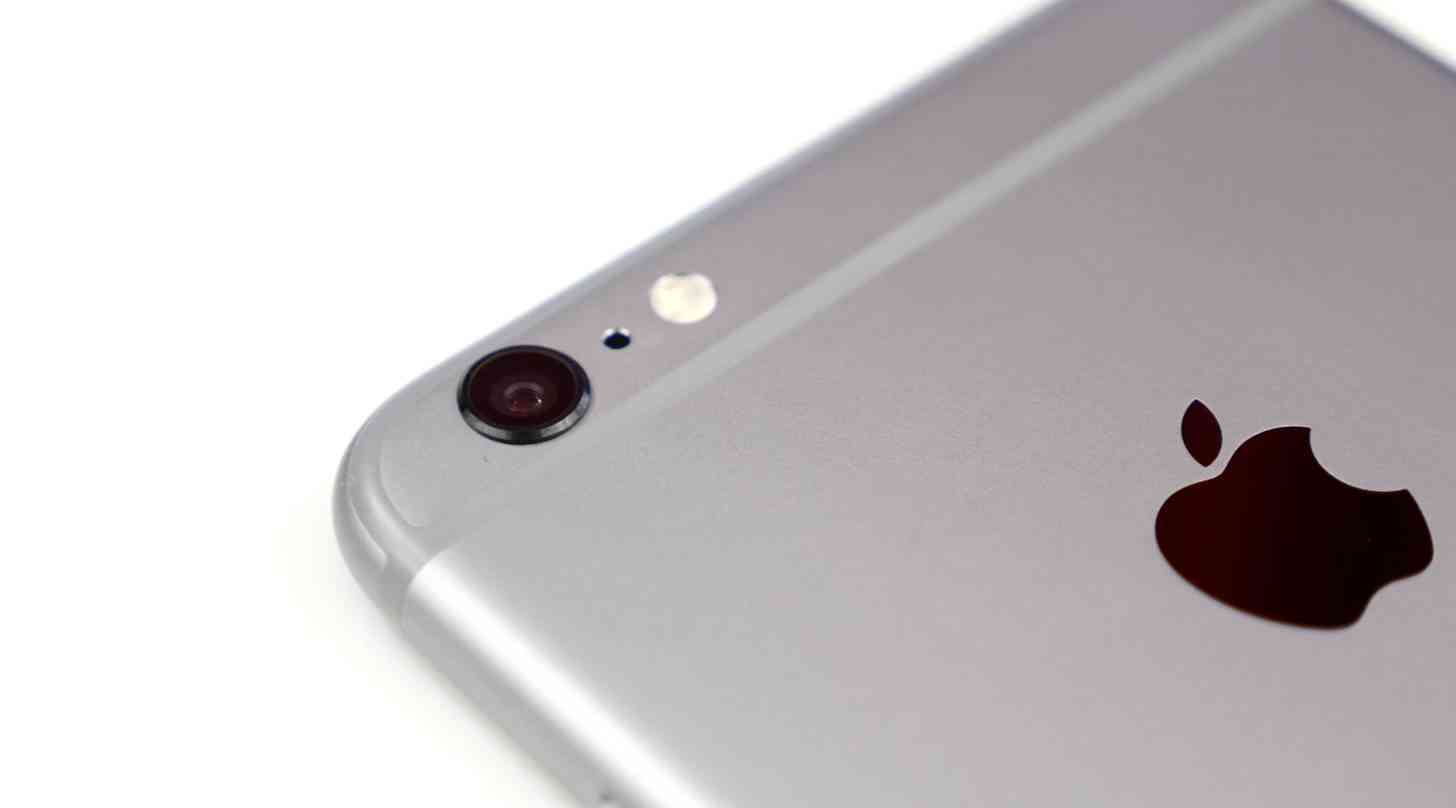
When I started high school back in 2005, BlackBerry devices were the phone to have. Despite the fact that BlackBerry phones were initially meant for business users to have a quick and secure way to contact one another, they also became a hot accessory for celebrities. To put the popularity of BlackBerry into relevant terms, I would have to say it was simply the iPhone of yesteryear.
Speaking of the iPhone, it was only two years later that the legendary Apple iPhone would make its debut. Shortly thereafter, BlackBerry’s relevance quickly started declining. Although it still had its benefits over the iPhone, such as extraordinary security and BlackBerry Messenger (also known as BBM), the Apple iPhone simply had more to offer in more ways. With an incredibly well-functioning multi-touch display, e-mail and web applications, and an incredible amount of internal memory at the time (4, 8, and 16GB), the iPhone was nothing short of a revolutionary device.
To make matters worse for BlackBerry, Android would appear on the scene just one year later. That same year, Apple introduced the almighty App Store. Things could go one of two ways for BlackBerry: Either keep doing what they were doing, or adapt to the new changes. BlackBerry ventured somewhere in the middle. They made some changes, such as adding an app store of their own and occasionally shaking up the design of their devices (BlackBerry Pearl Flip, BlackBerry Torch, BlackBerry Style), but opted to keep the trackpad and physical QWERTY keyboard (most of the time).
This decision did not bode well for BlackBerry. Despite the changes BlackBerry made, they weren’t enough. BlackBerry’s app store never amounted to much, especially compared to the rapidly growing rate of Apple and Android’s app stores. Physical keyboards and trackpads were also on the decline. This was likely due to Android incorporating physical and virtual keyboards in the same device, essentially training users to make the switch, and large multi-touch displays negating the need for a trackpad or trackball at all.
In the end, BlackBerry kept too much the same for too long. It wasn’t until 2013 that BlackBerry 10 would be introduced, and although they essentially did what they “needed” to do in order to fit in with modern smartphones, it was just too late to recoup what they had already lost.
But let’s back it up and talk about the iPhone again. The phone was obviously a marvel back in 2007, but that was 8 years ago. With the iPhone closing in on being a decade old, it’s amazing to see that the Apple iPhone is still going strong 9 generations in. What’s even more amazing is that, when you think about it, much of the iPhone is still the same as it always was. It’s still the same, slab-style smartphone with one main button. The apps are still aligned in a grid, with no option to group them anywhere but in folders. You still have to jump through hoops via iTunes just to set your own custom ringtones, unless you’re willing to fork over $1.29 for it.
And yet, the Apple iPhone still manages to snag the title for top selling smartphone today (although it did miss a few years). Apple’s popularity has been a constant in the industry, despite speculation (even from yours truly) that its reign wouldn’t last much longer. Surely a device that stays largely the same for as long as it has, much like BlackBerry, will be doomed sooner rather than later.
But when you really think about it, and you compare the two situations, Apple hasn’t really had to face the same sort of issues that BlackBerry did. iOS was this completely revolutionary operating system that virtually wiped clean the meaning of “smartphone” as we knew it. When you think of smartphones now, you don’t think of this:

You think of this, and the countless devices that look very similar:

But those old BlackBerry devices were once what initially came to mind when we thought of “smartphones”, as odd as it might seem. But after iOS’s introduction, every other popular mobile OS that has surfaced since are just variations of the same thing iOS already does, give or take certain defining features. But nothing has come along that’s so vastly different or unique to completely knock it off of its pedestal yet, despite the myriad of features, gimmicks, and design changes that we've seen from countless manufacturers.
And I think until that happens – until smartphones, or whatever comes after smartphones, evolve so considerably that iOS, Android, Windows 10 Mobile, and now BlackBerry 10 seem primitive in comparison – the iPhone will continue to thrive just as much as it ever has. I’m not sure if there’s anything else that could “doom” the iPhone at this point.